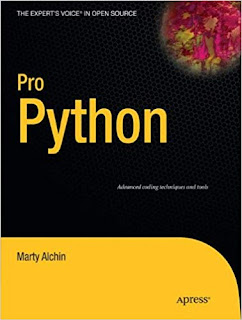Introduction
Who This Book Is For
Because my goal is to bring intermediate programmers to a more advanced level, I wrote this book with the expectation that you’ll already be familiar with Python. You should be comfortable using the interactive interpreter, writing control structures and a basic object-oriented approach.
That’s not a very difficult prerequisite. If you’ve tried your hand at writing a Python application— even if you haven’t released it into the wild, or even finished it—you likely have all the necessary knowledge to get started. The rest of the information you’ll need is contained in these pages.
What You’ll Need
This book is written with the latest versions of Python in mind, so most of the examples assume that you’re already using Python 3.1, which is the latest official release as of the date of publishing. I don’t take the jump to Python 3 lightly, though, so there are plenty of compatibility notes along the way, going all the way back to Python 2.5. As long as your copy of Python was released in the last few years, you’ll be all set.
Nearly all the packages used in this book come from the Python Standard Library, which ships with every Python installation. Some sections will reference third-party libraries that aren’t included in that bundle, but those are strictly informative; you won’t lose out if you don’t have them installed.
Because my goal is to bring intermediate programmers to a more advanced level, I wrote this book with the expectation that you’ll already be familiar with Python. You should be comfortable using the interactive interpreter, writing control structures and a basic object-oriented approach.
That’s not a very difficult prerequisite. If you’ve tried your hand at writing a Python application— even if you haven’t released it into the wild, or even finished it—you likely have all the necessary knowledge to get started. The rest of the information you’ll need is contained in these pages.
What You’ll Need
This book is written with the latest versions of Python in mind, so most of the examples assume that you’re already using Python 3.1, which is the latest official release as of the date of publishing. I don’t take the jump to Python 3 lightly, though, so there are plenty of compatibility notes along the way, going all the way back to Python 2.5. As long as your copy of Python was released in the last few years, you’ll be all set.
Nearly all the packages used in this book come from the Python Standard Library, which ships with every Python installation. Some sections will reference third-party libraries that aren’t included in that bundle, but those are strictly informative; you won’t lose out if you don’t have them installed.

